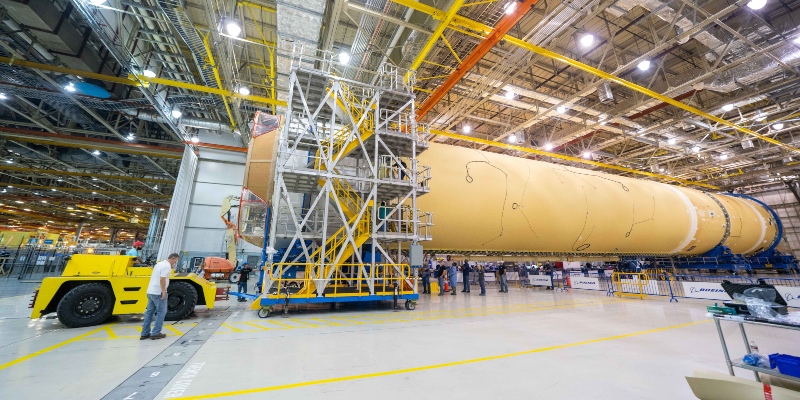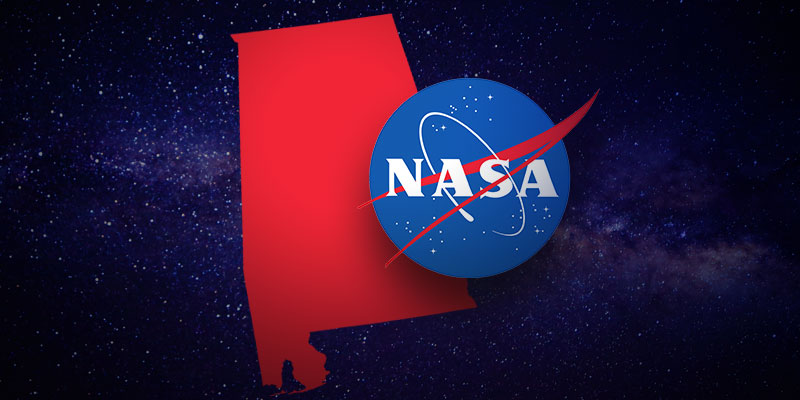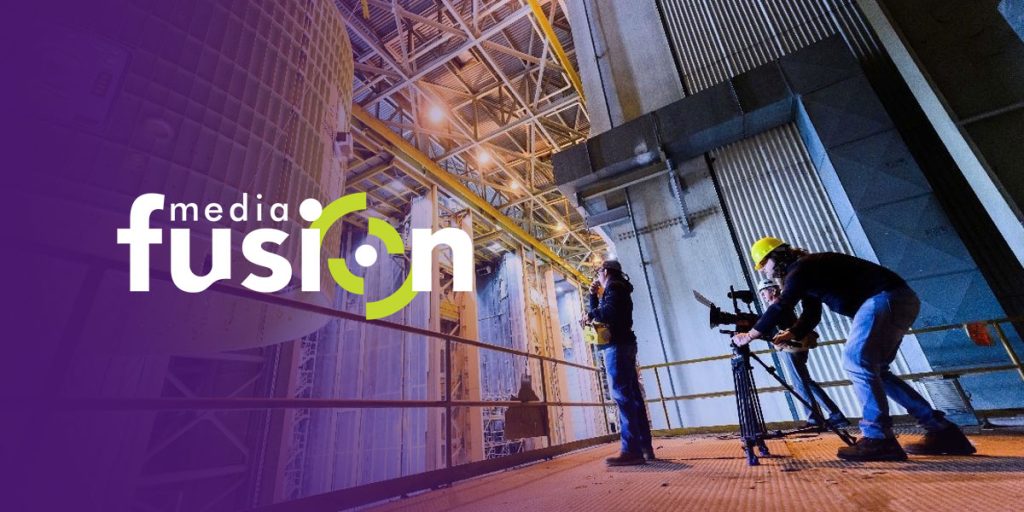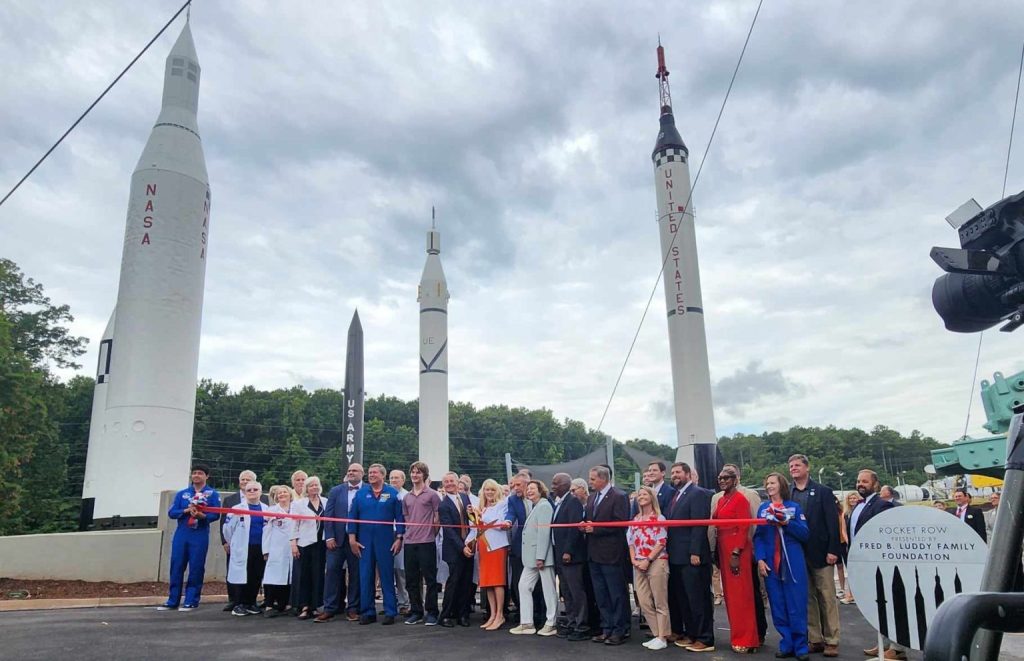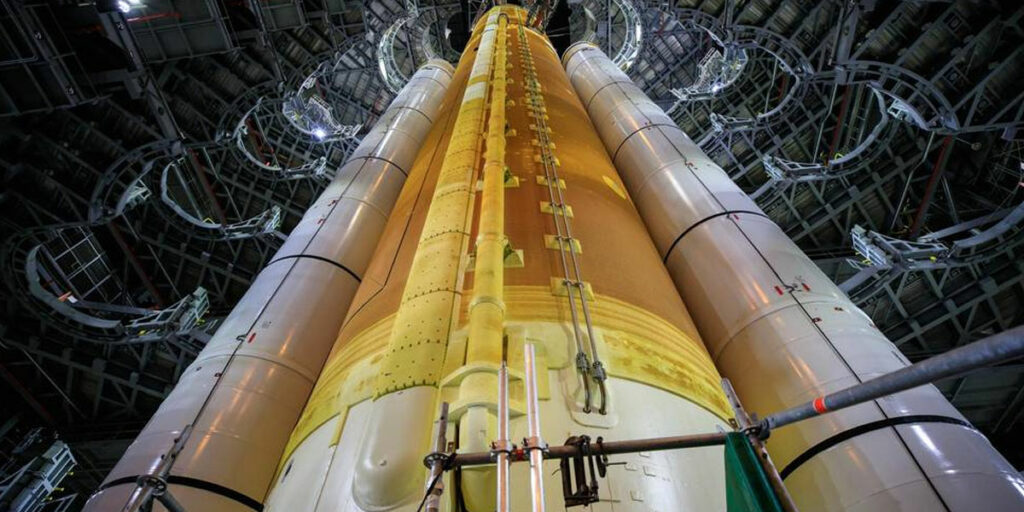The Space Launch System (SLS), set to be the world’s most powerful rocket ever, has achieved more major assembly milestones in recent days.
On Thursday, NASA engineers at the agency’s Michoud Assembly Facility in New Orleans, along with Boeing technicians, connected the last of the five sections of the SLS rocket core stage. This marked the finalization of assembling and joining the rocket’s main structural components.
On SLS’s first flight, the core stage will produce 2 million pounds of thrust to send Artemis I and NASA’s Orion spacecraft to the Moon.
The historically powerful SLS is managed at Huntsville’s Marshall Space Flight Center.
In a statement, NASA SLS stages manager Julie Bassler said, “NASA has achieved a historic first milestone by completing the final join of the core stage structure for NASA’s Space Launch System, the world’s most powerful rocket.”
“Now, to complete the stage, NASA will add the four RS-25 engines and complete the final integrated avionics and propulsion functional tests. This is an exciting time as we finish the first-time production of the complex core stage that will provide the power to send the Artemis I mission to the Moon,” she advised.
Artemis will take man back to the Moon and the first woman to the surface of the Moon. The program is currently on schedule for a 2024 lunar mission and hopes to set the stage for future human travel to Mars.
SLS is the only rocket that can send Orion, astronauts and supplies to the Moon in a single mission.
This fall, NASA will work with core stage lead contractor, Boeing, and the RS-25 engine lead contractor, Aerojet Rocketdyne, to attach the four RS-25 engines and connect them to the main propulsion systems inside the engine section, which was the last section of the core stage to be attached.
“Boeing expects to complete final assembly of the Artemis I core stage in December,” explained Jennifer Boland-Masterson, Boeing operations direct at Michoud.
The SLS team also achieved another recent milestone by completing structural testing for the stage’s liquid hydrogen tank. The testing confirmed that the structural design for the tank on the rocket’s initial configuration, called Block 1, can withstand extreme conditions during launch and flight.
Teams at Marshall Space Flight Center put a test version of the tank through the paces during 37 separate test cases that exceeded what engineers expect the SLS rocket to experience. The final test used 80,000 gallons of liquid nitrogen to simulate the cryogenic conditions, or extreme cold, that the liquid hydrogen tank will experience in flight, according to NASA.
Testing will continue later this year to show the tank’s structural design is adequate for future designs of the vehicle as it evolves to a Block IB configuration and missions with even greater forces.
In addition to providing propellant and power to get the SLS rocket and Orion spacecraft to space, the core stage houses the flight computers and avionics components that control the first 8 minutes of flight.
The avionics system, including the flight computers, completed integrated system level qualification testing showing the components all work together to control the rocket in the Software Integration and Test Facility (SITF) at Marshall. The next step is to test the flight software with all the ground system software, Orion and launch control in the Systems Integration Laboratory at Marshall.
“NASA and our contractor teams are making tremendous progress on every aspect of manufacturing, assembling and testing the complex systems needed to land American astronauts on the lunar surface by 2024,” Bassler concluded. “I am confident this hard work will result in a rocket that can provide the backbone for deep space transportation to the Moon and ultimately to Mars.”
Read more here.
North Alabama also will play a leading role in other components of Artemis, including with the lunar Gateway and the new Human Landing System. Historic contributions to America’s space prowess are being made by several private sector partners in the Yellowhammer State, such as United Launch Alliance (ULA), Boeing and Dynetics.
Sean Ross is the editor of Yellowhammer News. You can follow him on Twitter @sean_yhn




